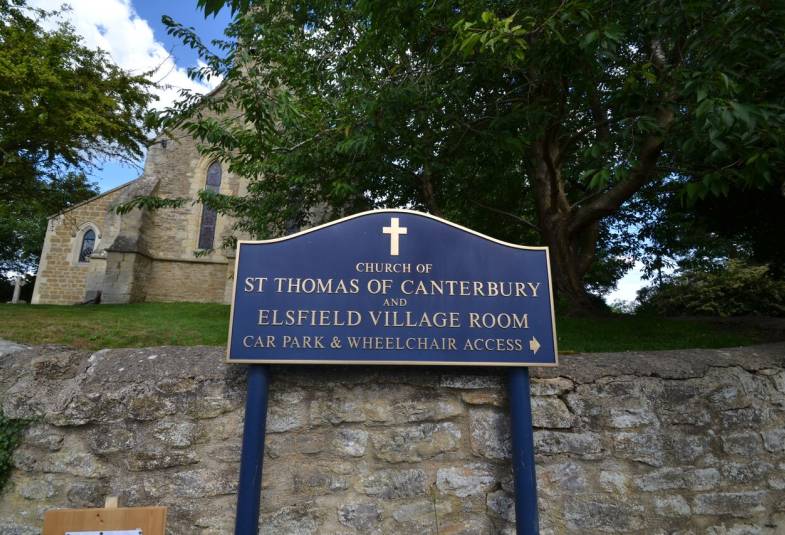Everyone will see your noticeboard when they pass by the church. Make a good first impression.
We can help you make sure your noticeboard sends the right message.
Download our guidance

Have a good design
A good design is vital. And one made specifically for your church says more about you. Don’t be afraid to hire a professional designer.
Think about:
“A cheap job will always look cheap and rarely pays in the long run. Make sure that the board is worthy of your church.”
Church Buildings Council
What should it say?
Your noticeboard should have:
- Regular service times
- Key contact information
- How to access the church outside of service times
- Your website
Avoid information that will quickly be out-of-date.
How should you say it?
A passer-by should be able to quickly and easily understand the message of the board. It is vital to use:
- Accessible language
- A tone that reflects the character of the church and its worship style
- A clear, concise and engaging voice
Who should you consult?
You should talk to:
- Your inspecting architect or surveyor about the design
- Your diocese for guidance and advice
- The local authority about advertisement consent
What type of permissions do you need?
Under List A The repair, repainting, or like-for-like replacement of a noticeboard can be done without permission on condition that the wording is not changed, apart from updating information. If it is a replacement, the Town and Country Planning Regulations 2007 must be complied with, that the board is not illuminated and any ground disturbance is kept to a minimum.
Under List B, the introduction, replacement or alteration of a noticeboard requires permission from the Archdeacon as long as the board is not illuminated and follows the Town and Country Planning Regulation 2007.
All other works will need a faculty, and you should consult your DAC in the first instance
Exemptions from advertising consent
Under the Town and Country Planning Regulations 2007, the display of advertisements require consent from the local planning authority before they are introduced; however, there are certain categories of deemed consent so long as the advertisements comply with certain conditions. Unless the proposed advertisements fall within one of these categories and meet all of the conditions, express advertisement consent will be required from the local planning authority.
The regulations contain 17 classes of advertisements for which you don’t need permission from the local planning authority as long you meet specific conditions.
We think that category 2A and category 2C are the most likely to apply to churches and churchyards:
Warning:
There are 17 classes of deemed consent. We have only summarised those we think will be the most common. You should seek further legal advice where it is required.
You might be fined £2,500 if you fail to comply with the regulations. The PCC could be liable for this. Avoid the risk and contact your local planning authority as early as possible.
This advice has been adapted from a note issued by Oxford Diocesan Registry.